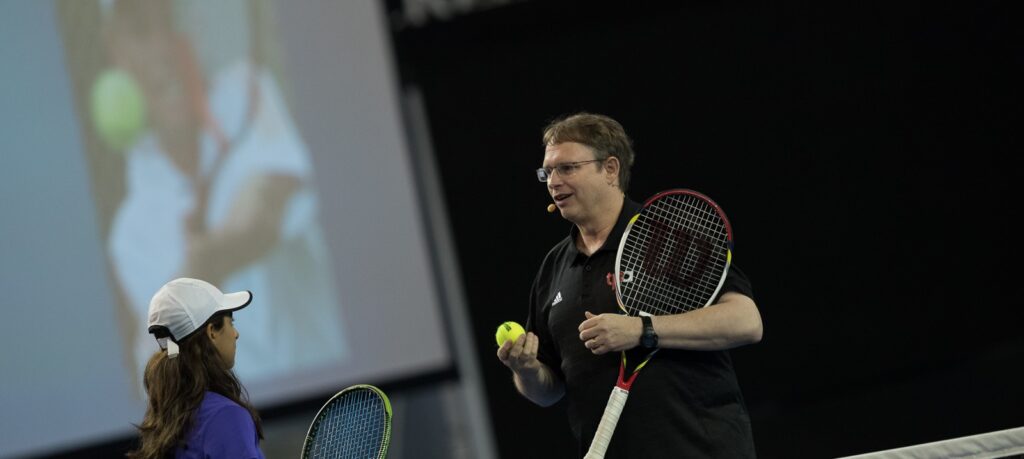

‘FUNCTIONAL SHOTS’ (Technical)
In this article, we will explore the ‘Functional Shots’ component of our player vision statement:
“A Performer who is an Athlete that Plays Smart with Functional Shots.”
Functional Shots is all about the technical element of the 4 Performance Factors (Psychological, Physical, Tactical, and Technical). The Tactical and Technical combine as a package to develop a ‘Player’.
There is an engineering principle which reads: ‘Form Follows Function’. In other words, what something looks like is ineffective if it doesn’t do what it was designed to do.
When coaching technique, coaches will often fall into the trap of correcting the ‘look’ of a stroke (coaching ‘form’). This type of coaching is called .’model-based’ because its goal is to conform players to an idealized version of a stroke. In other words, the form doesn’t follow the function.
Since tennis is an open skill (for a detailed article on tennis as an open skill, click here), it is far more effective to coach technique that is principle-based.
TECHNICAL PRINCIPLES:
To coach technique able to be used successfully in the open skill of tennis requires it to display the following principles:
Adaptable: In tennis, the situation is constantly changing. Balls come high & low, right & left, faster, slower, etc. Players have to hit from different positions and locations on the court and must send the ball with differing speeds and trajectories. Within the same point, they can be in Neutral, Offence or Defense phases. Therefore, the #1 capacity for successful technique is adaptability.
Effective: For a shot to have effectiveness, means the technique has the desired ‘effect’. The ball must be controlled to produce the desired tactical effect on an opponent (e.g. Move them, make them receive the ball higher, lower, etc.)
Efficient: This means the mechanics of the body are used well (the appropriate links, in the right order) to generate/minimize force as required. When appropriate force is generated, it allows for power without effort.
“Methods are many, principles are few. Methods may change but principles never do.”
PRACTICE DESIGN PRINCIPLES:
To develop adaptable, effective & efficient technique, there are principles that also guide how practice should be constructed:
Increase the amount of Variable/Random Practice used: Variable and random practice types are where the skill is performed with variation and forced to adapt. This is in contrast to a practice type called ‘Block practice’ where movements are repeated in predictable ways. Blocked practice is the core of how traditional tennis training is run.
Task-Driven Technical Coaching: By setting up the tactical task, an environment is created where players become adaptable by wrestling with problems and implicitly discovering solutions. A well-designed task can be a better technical coach than you. Players should be clear on what situation they are in and have a clear tactical intention of what they are trying to do.
Applying these technical and practice design principles helps players achieve the vision of performing functional shots.
Leave a Reply